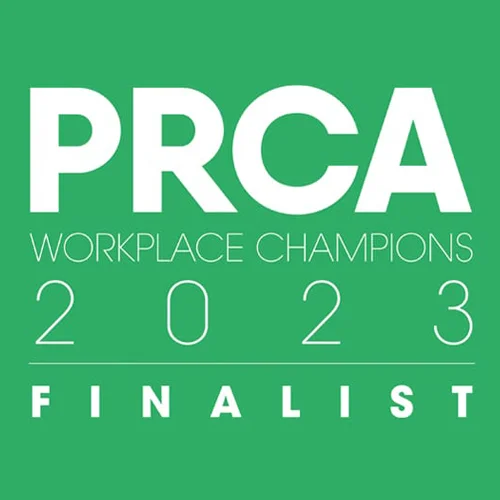Our productivity at work is ruined by small things – the light which is just a little too bright, or dim; the office being too hot or cold; the noisy colleague the other side of the floor; or the printer not being filled up with paper (and no paper being in sight). Yes, there are bigger things too. Organisations failing to provide the right type of workspace, for example not enough quiet rooms to do some one-to-one or reflective work or not enough space to collaborate with colleagues we might see only occasionally.
These are what Tim Oldman, founder of Leesman, the opensource index which measures the performance and effectiveness of office environments, describes as “productivity toxins”. Oldman was speaking at the Federation of Corporate Real Estate’s autumn seminar looking at some of the key issues involved in creating an efficient workplace.
Sometimes it’s good to go back to basics. Meirion Anderson, MD of workplace project and change management specialists Aberley argued that “At its most basic, a workplace is there to protect us from the elements”. And another great one-liner: “A desk is just there to stop your laptop falling on the floor.”
New ways of working is now so established that at the seminar it was given its very own acronym (NWOW) – sounds very Now. But despite this, people are still getting it badly wrong. The 100 or so delegates heard about offices being turned into ghost towns by flexible working taking off. Businesses which had no culture because everyone was dispersed or NWOW being DONE too, and organisation rather than being drawn out of the business. And while the key driver of introducing flexible working is saving on real estate costs, there is also much additional value creation that comes with it (increased productivity and staff wellbeing for example).
Perhaps the most interesting session was the break out debate on NWOW where a group of subject enthusiasts were given the task of seeing which aspects of the workplace prevented NWOW. Naturally when a group is set free from the constrains of a formal seminar, the first thing to do is break the rules. After much debate, it was agreed we couldn’t answer the question. New ways of working and productivity at work, while it might be hampered by a lack of WiFi or quiet rooms, it will fall at the first hurdle if management trust is not intrinsic to the process (it’s all about Marx and infrastructures and superstructures – read more at Neil Usher’s fabulous blog)
Read our blog about changes in the workplace.
More about the Federation of Corporate Real Estate









